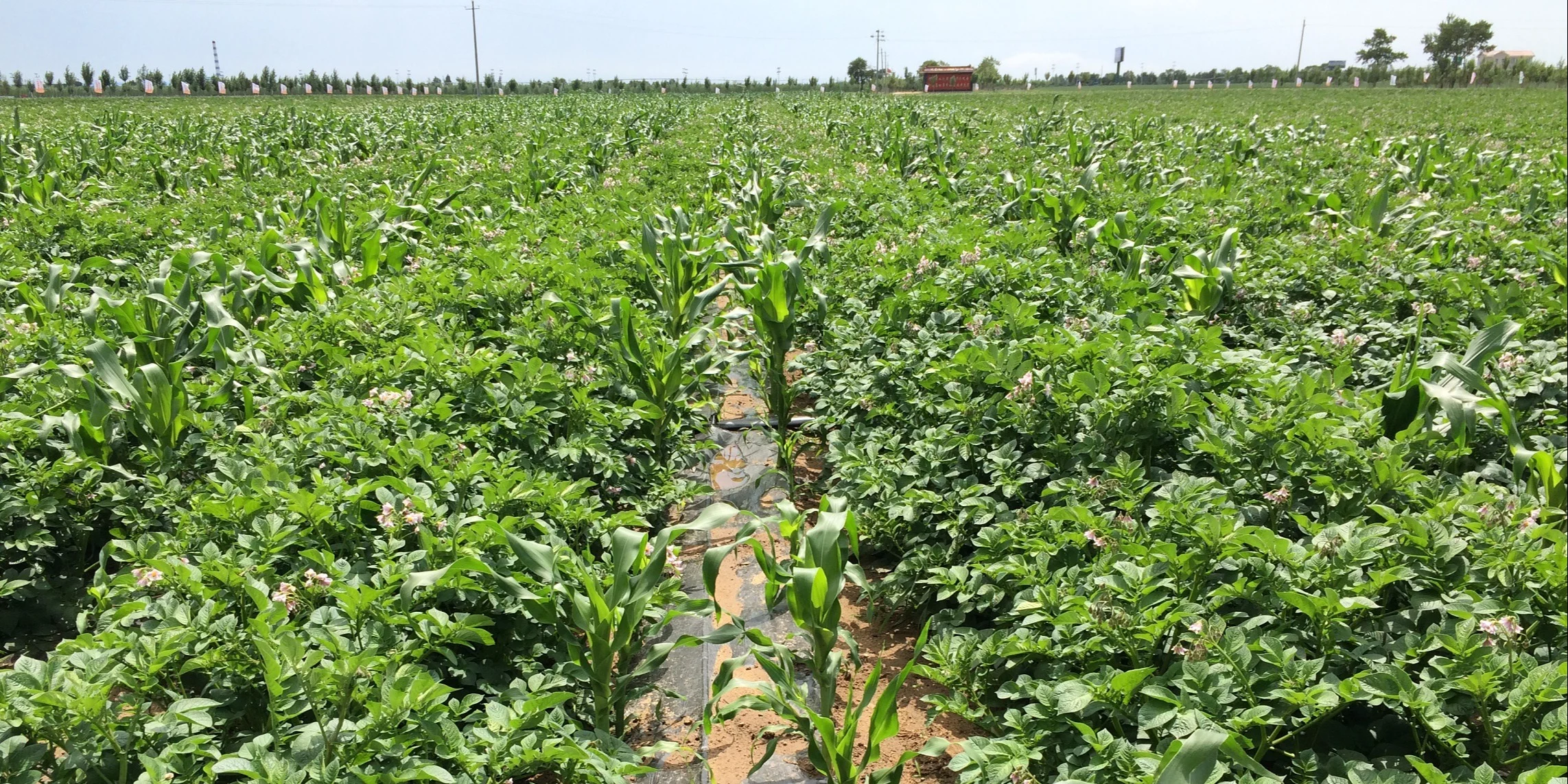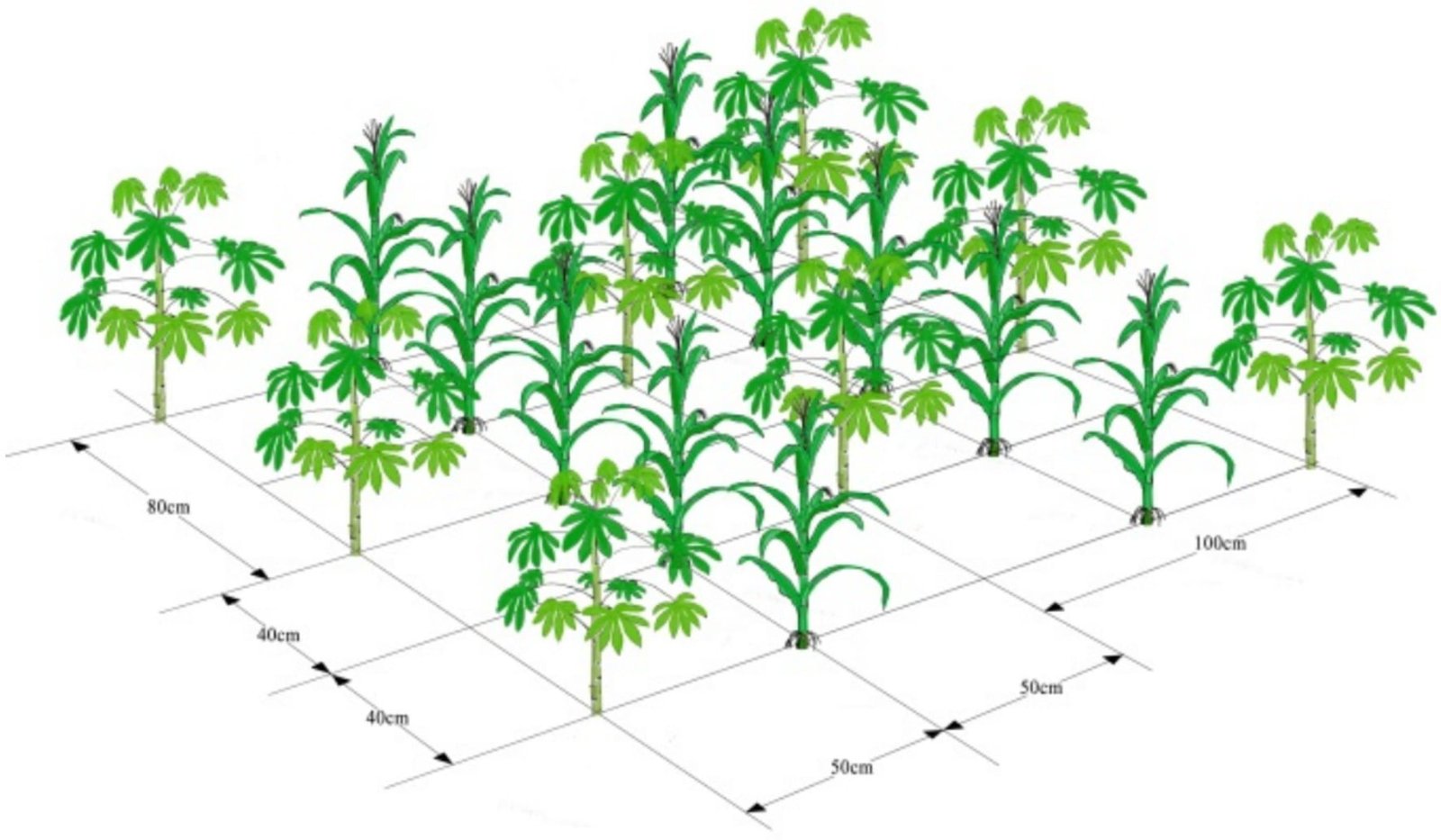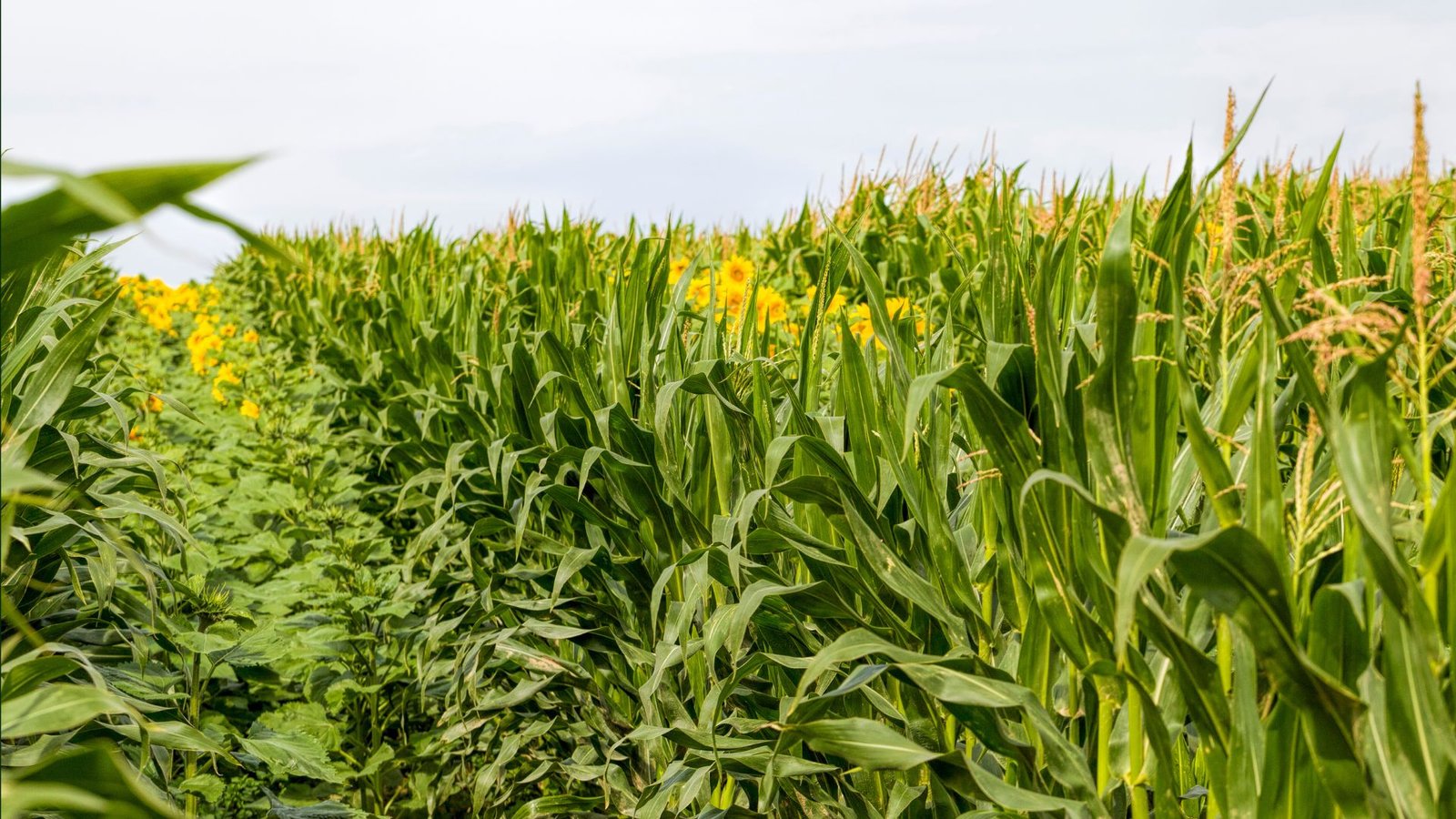
Summary of Contents
Introduction
Ever wonder if you could get more out of your land by growing different crops together? That’s what mixed cropping is all about! Instead of planting a single crop, you mix two or more crops in the same field, each with its own strengths. For me, it’s been a fantastic way to make the most of my farm here in Northeast India, where the land is often rugged, and the weather unpredictable. By mixing crops, you not only boost productivity but also make your farm more resilient to pests, diseases, and climate challenges.
Let’s dive into what mixed cropping is, how it works, and why you should give it a try on your farm.
What is Mixed Cropping?
Mixed cropping is the practice of growing two or more crops in the same field at the same time. Unlike relay cropping, where crops are planted in succession, mixed cropping allows all crops to grow together from the start. The idea is simple: different crops support each other by using resources like sunlight, water, and nutrients more efficiently.
Think of it as a planting team, where each crop brings its own skills to the table. One might protect against pests, while another improves soil health. Together, they make your field more productive and less vulnerable to failures.
Step 1: Select Different Crops (Your Farming Team)
Mixed cropping starts with picking two or more crops that will grow well together. The key is choosing crops that have different growth habits. For example, pair a tall crop like maize with a shorter one like beans. Each crop should bring something unique to the field—one might provide shade, while the other improves soil health by fixing nitrogen.
Think of your crops like teammates in a sport—each one has a role, and together, they work to achieve a common goal: maximizing productivity.
Step 2: Plant Them Together (Same Field, Same Time)
Once you’ve chosen your crops, plant them at the same time in the same field. Unlike relay cropping, where you plant one crop after another, with mixed cropping, all the crops grow together from the start. They’ll share sunlight, water, and nutrients, but because each crop has different needs, they won’t compete too much.
It’s like setting up a buffet where everyone eats something different. Your plants won’t fight over resources; instead, they’ll support each other.
Step 3: Let Nature Do the Work (Crops Help Each Other)
The magic of mixed cropping is that each crop brings its own strengths to the table. For example, while your maize grows tall and shades the soil, beans are busy fixing nitrogen in the soil, which will help future crops. Meanwhile, a third crop like pumpkins can cover the ground, reducing weeds and conserving moisture.
Think of it as a cooperative—each crop takes what it needs and gives something back, helping the whole system thrive.
Step 4: Reap the Rewards (Better Productivity, Less Risk)
With mixed cropping, you’re reducing the risks of crop failure. If one crop doesn’t do well because of pests or bad weather, the others will still produce, ensuring you don’t lose your entire harvest. Plus, your soil stays healthier, reducing the need for chemical fertilizers.
It’s like having multiple streams of income—you’re not putting all your eggs in one basket, which makes your farm more resilient.
Benefits of Mixed Cropping

1. Maximizes Land Use
When you grow more than one crop on the same land, you’re making the most of every square inch. This is particularly important in Northeast India, where farmers often have limited land. By mixing crops like millets and pulses, you ensure that no part of your field goes to waste.
2. Reduces Risk
Mixed cropping lowers the risk of complete crop failure. If one crop gets hit by a pest or disease, the other crops might still thrive. On my farm, planting legumes alongside maize has been a great way to safeguard against crop loss. The diversity confuses pests, making it harder for them to destroy everything.
3. Improves Soil Health
Certain crops, like legumes, help fix nitrogen in the soil, making it richer for future crops. When you mix crops that feed the soil with those that deplete it, you’re balancing nutrient use, so the soil doesn’t get exhausted. This means you’ll need fewer chemical fertilizers, which is better for both the land and your wallet.
4. Efficient Resource Use
Mixed cropping ensures that water, nutrients, and sunlight are used more efficiently. Tall crops like corn can provide shade for shorter crops like beans, reducing water evaporation. This is especially helpful during dry seasons in Northeast India, where conserving water is critical.
Challenges of Mixed Cropping
Mixed cropping sounds great, right? But like anything in farming, it comes with its own set of challenges.
1. Crop Compatibility Not all crops are happy neighbors. Some plants compete too much for nutrients or sunlight, which can lead to poor growth. You’ll need to choose your crop combinations carefully.
2. Pest Management While diversity can confuse pests, it can also create a more complex ecosystem, sometimes making pest control harder. You’ll need to keep a close eye on your crops to ensure they’re all thriving.
3. Harvesting Complexity With different crops maturing at different times, harvesting can be tricky. You’ll need to plan carefully and be prepared to stagger your harvests.
Best Practices for Mixed Cropping
To get the most out of mixed cropping, follow these simple best practices:
1. Choose Compatible Crops: Make sure the crops you mix have complementary growth habits. For example, plant deep-rooted crops like carrots with shallow-rooted crops like lettuce.
2. Start Small: If you’re new to mixed cropping, start with two crops that you know grow well in your region. Once you’re comfortable, you can expand to more diverse combinations.
3. Monitor Closely: Keep a close eye on your crops’ growth and pest activity. Since different crops have different needs, careful management is essential for success.
Economic Insights: How Mixed Cropping Boosts Profitability
Mixed cropping isn’t just good for the soil—it’s good for your bottom line too. By growing multiple crops on the same land, you can diversify your income sources. If one crop doesn’t perform well due to market fluctuations or poor weather, you still have others to fall back on.
Additionally, mixed cropping reduces the need for chemical inputs like fertilizers and pesticides, which means lower production costs. Farmers practicing mixed cropping can also tap into niche markets by growing organic or sustainably farmed produce, which often fetches higher prices.
Conclusion: Mixed Cropping for a Resilient, Productive Farm
Mixed cropping is a smart, sustainable strategy for boosting productivity, improving soil health, and making your farm more resilient to risks like pests and bad weather. By growing multiple crops together, you create a self-supporting system where each crop benefits the other. For smallholder farmers in Northeast India, where land is limited and conditions are unpredictable, mixed cropping is a powerful tool for sustainable farming.

So why not give it a try? Start small, experiment with different combinations, and watch your farm become more productive and resilient!
FAQ Section
What are the disadvantages of mixed cropping?
The main disadvantages include potential competition between crops for sunlight, water, and nutrients, making pest management more complex, and the challenge of staggered harvesting schedules.
What is the difference between intercropping and mixed cropping?
Intercropping involves growing two or more crops together on the same field in a specific pattern (e.g., rows or strips) to optimize space and resources. While Mixed cropping, on the other hand, involves planting different crops in the same field without a specific pattern. All crops grow together randomly, and the focus is on reducing risk and maximizing land use.
What is mixed cropping?
Mixed cropping is the practice of growing two or more crops simultaneously in the same field to boost productivity, reduce risks, and improve soil health.
What is the main benefit of mixed cropping?
The main benefit is increased resilience. By growing different crops together, you lower the risk of losing your entire harvest to pests, diseases, or weather conditions.
What is another name for mixed cropping?
Mixed cropping is also known as polyculture. This term highlights the practice of cultivating multiple crops in one space simultaneously.
What is mixed cropping vs crop rotation?
Mixed cropping involves growing two or more crops together on the same field at the same time. It’s about utilizing land efficiently and minimizing risk in case one crop fails. While Crop rotation is the practice of planting different crops in succession on the same land, season after season. This technique helps maintain soil fertility, prevent pests, and manage crop diseases.
